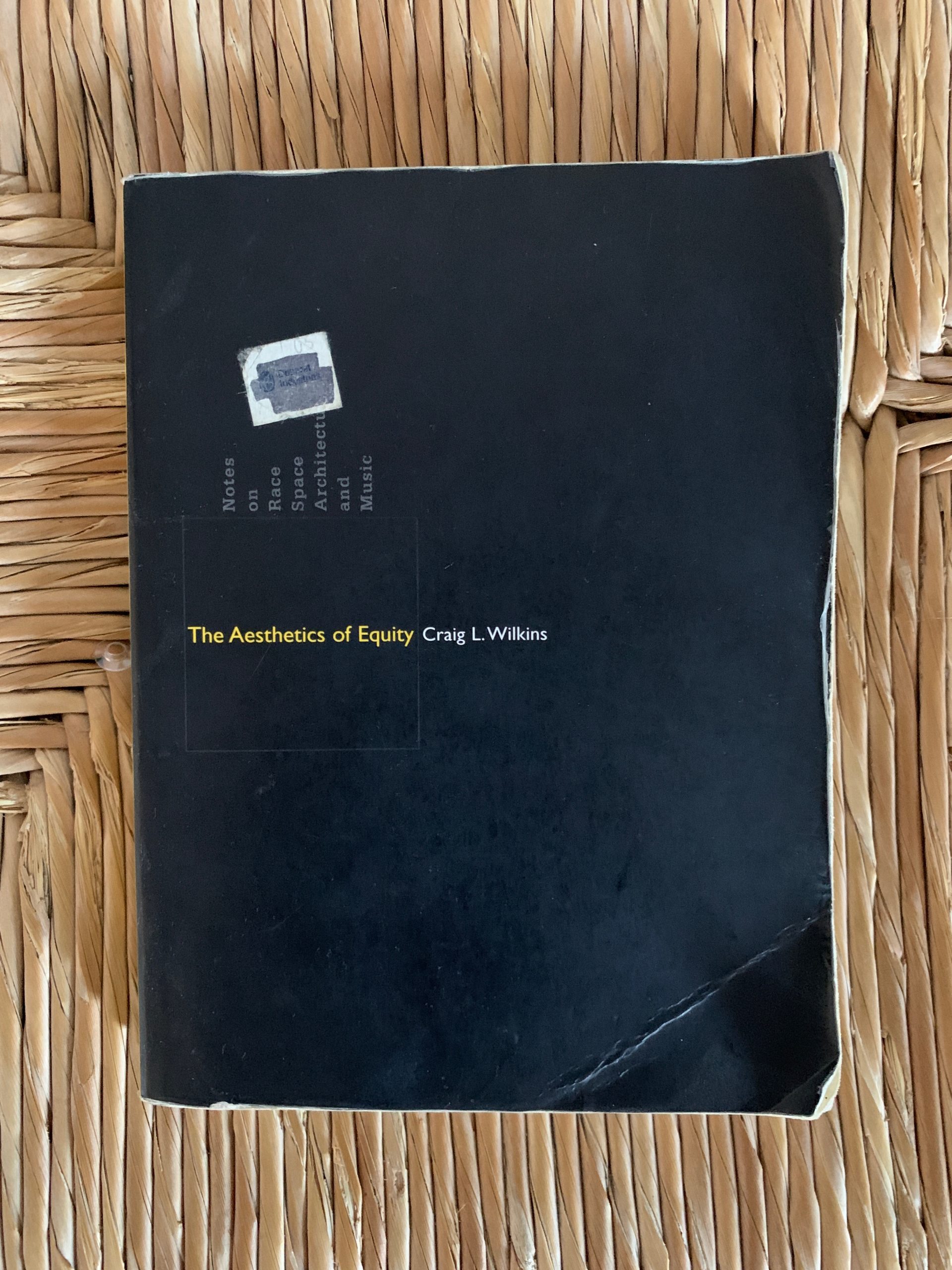Feb 19, 2020
Writing this note to you my friend
Writing this note to you my friend has been complicated for me. To react or to be reactionary is a strategy akin to the right but I promise I’m not so much as reacting but thinking. I’ve been thinking about Craig Wilkin’s Aesthetic of Equity: Notes on Race, Space, Architecture and Music. In Aesthetic of Equity Wilkins carefully presents the institutional structures of how architecture as a field of study and mode of practice has historically maintained systems of inequality which further perpetuates ideas of (un)belonging and otherness. The built environment is spatial and according to Wilkin the idea of spatiality is fundamentality engrained in whiteness; then what does this say about bodies that don’t operate in the world in that way? Take for example “neo-classical architecture” which is commonly accepted as sublime and beautiful, when one sees tall pillars and vaulted ceilings accented with light ornaments of stone, the image of the body meant to exist witnin that space is often not Black or Brown or Queer or Other; so how then do we build towards a world of architecture and art that is reflective of the many voices that inhabit our communities. What are the kinds of materials that we might use to refract the values that we upload? One only has to replace the word architecture with the idea of art for much of what Wilkins is saying to translate to the field of art. I was faced with much skepticism from friends and family alike when I took up Art as a professional field of study. I was met with, “That’s for white people,” and “How are you going to feed yourself doing that?” and “What are you going to do with that?” I’ll admit that some of these concerns are more valid than others- especially considering how much of a rat-race being a young artist in one of the most expensive cities in that world can be- but the mere fact that these barriers continue to barricade many professional fields to People of Color, these systems of inequity and misrepresentation will continue to exist. I am here writing this now so maybe I am the loophole to this conversation or the break in the matrix.
To return to our origin, Wilkin’s Aesthetic of Equity, I don’t want to propose a solution because I can only speak to my hopes and aspirations and not that of millions but rather suggest that we really hold certain political narratives accountable for the true purpose at hand. This current administration proposed modeling architecture in the more “neo-classical style” and to “make federal buildings beautiful again.” What does any of this really mean? Could we think of this as the true lifting of the girl where the built environment begins to embodies current social attitudes towards politics? How then can artists, architects and creatives alike use what we do to disrupt these forces?
